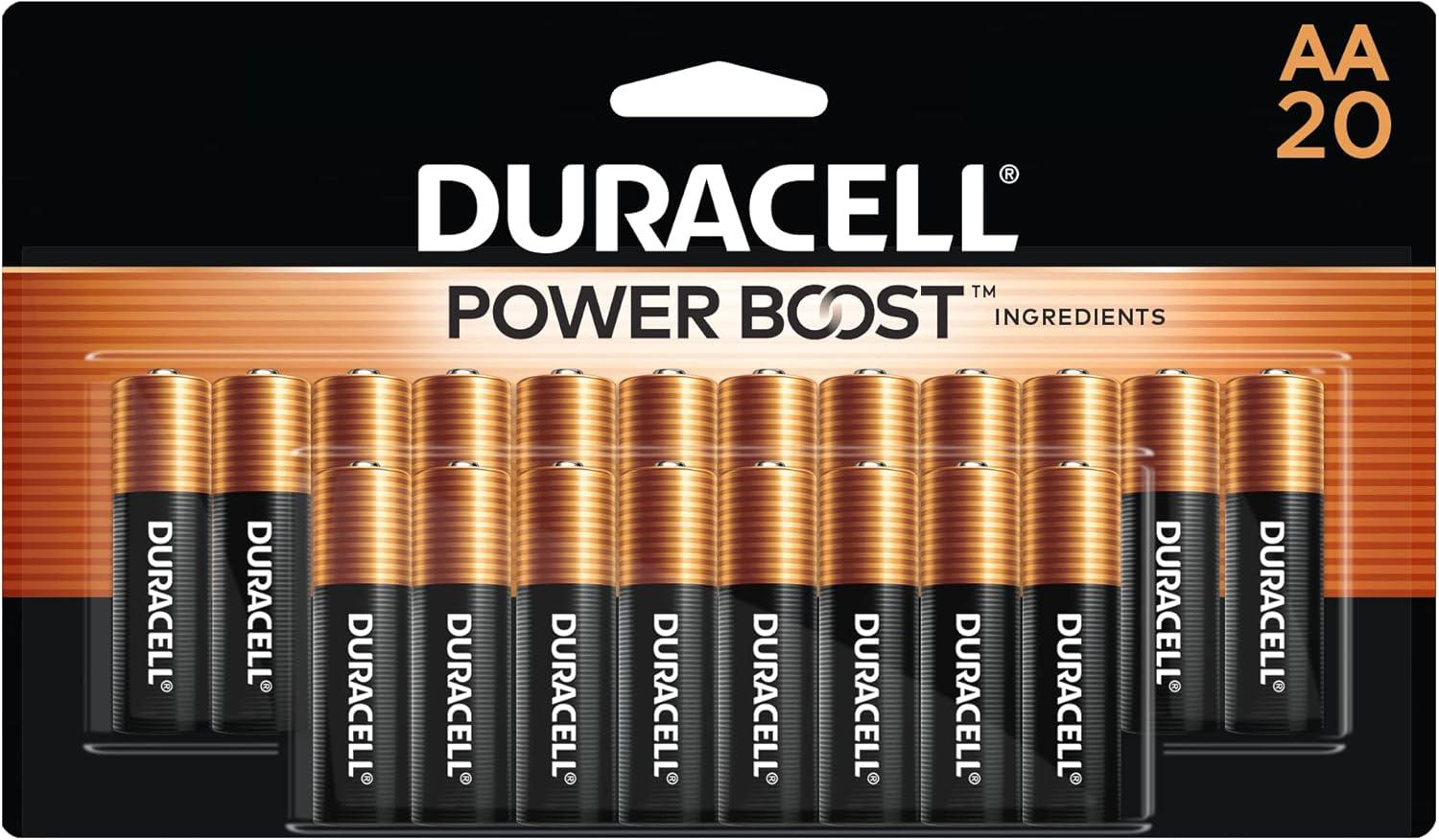EBL Rechargeable Battery Showdown: 500 Cycles vs. 12 Years Lifespan In the silent war between energy efficiency and longevity, rechargeable batteries have become the ultimate players. Today's showdown pits the EBL AA/AAA Ni-MH batteries (8-pack, 2300mAh/1100mAh) with their 500-cycle lifespan against the Eneloop Panasonic BK-3MCCA10FA AA batteries, which boast an astonishing 2100 cycles, all while offering a pre-charged, ready-to-go 10-battery pack. But this isn't just a duel of numbers-it's a test of use cases, cost-effectiveness, and the quiet innovation that defines each contender. The EBL set is a practical choice for everyday users, blending affordability with a charger that doubles as a multitasking hero. Its 2 USB ports let you recharge AA and AAA batteries simultaneously, turning a chore into a streamlined routine. Yet, with only 500 cycles, these batteries might require more frequent replacement, making them ideal for low-drain devices or those who value convenience over long-term investment. Eneloop, on the other hand, thrives on endurance. Touted for its 2100 cycles, these Ni-MH batteries are engineered for frequent use, from remote controls to smart devices. Their pre-charged design eliminates the need for an initial charge, saving time and energy. However, their shelf life-though impressive-doesn't quite match the 12-year promise of Duracell Coppertop's alkaline batteries, a stark reminder that not all lifespans are measured in charges. Energizer Power Plus Rechargeable AA batteries (8-pack) carve their own niche, offering a balance between performance and durability. While they may not rival Eneloop's cycle count or Duracell's shelf life, their reliability in high-drain gadgets makes them a staple for tech enthusiasts. Their story is one of steady, dependable power rather than extremes. Duracell Coppertop's 20-count pack, with its 12-year lifespan, is a beacon for those who need batteries to sit idle yet still deliver when called upon. Alkaline chemistry grants them a longer shelf life, but their performance as rechargeables is limited. This makes them perfect for emergency kits or low-usage devices, where reliability isn't about recharging but about readiness. So, which reigns supreme? The answer lies in your priorities. For uninterrupted power, Eneloop's cycles shine. For flexibility, EBL's charger offers a modern convenience. And for timelessness, Duracell's shelf life is a fortress of resilience. It's a tale of compromise and innovation-each battery a character in the story of energy storage, waiting for your choice to write the next chapter.
EBL vs Granicell: Surprising 3-Year Shelf Life in Rechargeable AA Batteries When it comes to rechargeable AA batteries, the battle of endurance and efficiency is as old as the devices they power. Yet, two contenders-EBL and Granicell-have quietly upended expectations with their unmatched 3-year shelf life, a feat that defies the usual "1-2 years" benchmark. Let's unravel the mystery behind this surprising longevity and compare the best of the pack. The EBL Rechargeable Batteries Combo (2800mAh AA and 1100mAh AAA) and the EBL Pack of 8 AA Batteries stand out with their low self-discharge tech, ensuring they stay ready even when tucked away for months. Paired with a smart charger that balances power and convenience, EBL's design caters to both eco-conscious users and tech-savvy hobbyists. Meanwhile, the POWEROWL 8-Pack and HiQuick 2800mAh batteries offer robust capacity and fast charging, but their shelf life tends to lag behind, often clocking in at 1-2 years. For those seeking a bulk solution, the 24-Pack AA Rechargeable Batteries deliver 1500 cycles of reliable performance, a number that edges close to EBL's durability. However, it's the 3-year shelf life-a claim that's sparked curiosity and debate-that truly sets EBL apart. Whether it's the Energizer Power Plus 2-Pack or other alternatives, the ability to retain charge for years without degradation is a game-changer for gadgets like remote controls, toys, or emergency devices. So, what's the secret? EBL's advanced materials and engineering promise a longer wait before needing a charge, while competitors prioritize speed or affordability. As the market evolves, the 3-year shelf life may not just be a feature-it could be the new standard. What's your take?


